Are All Succulents Drought Tolerant?
Succulents often get praised as plants that can handle long dry spells with little care. Their thick leaves, stems, and roots store water, which helps them survive in tough conditions. Not all succulents are equally drought tolerant, though, some need more frequent watering than others.
You might picture desert plants like agave or aloe that thrive in hot, dry climates. These species have special traits that let them go weeks without water. Others, such as certain tropical succulents, come from regions with more regular rainfall and won’t last as long in dry soil.
Knowing which succulents can truly handle drought makes it easier to choose the right ones for your space. By understanding their natural habitats and care needs, you can create a collection that stays healthy without constant watering.
Are All Succulents Drought Tolerant?
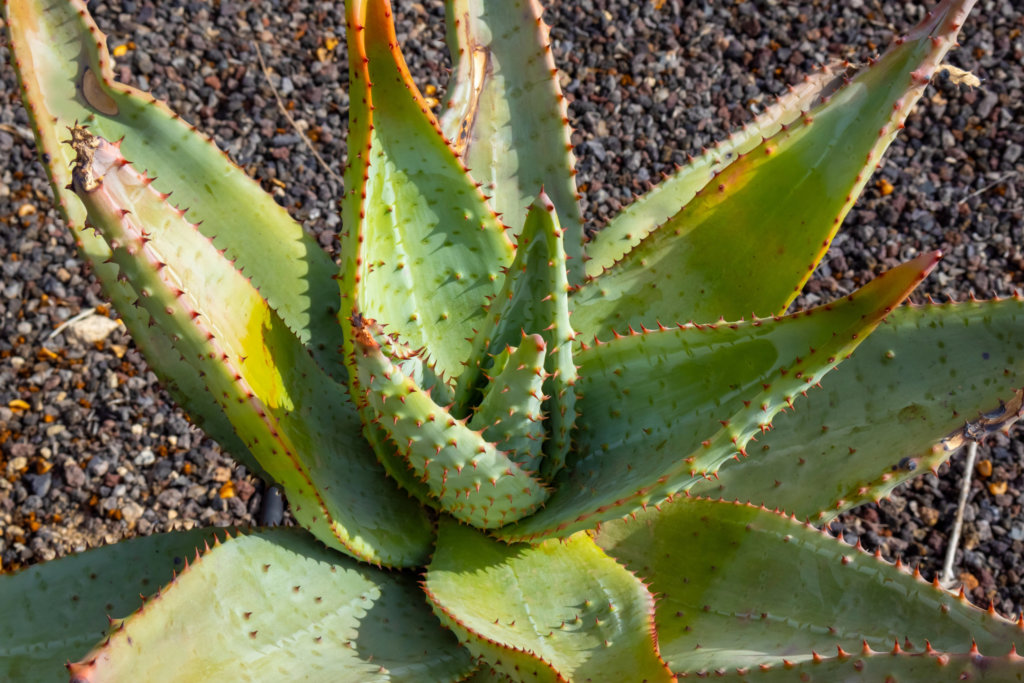
Succulents have unique traits that help them survive with limited water, but not every type can handle long dry periods in the same way. Some rely on stored water in their leaves and stems, while others need more frequent watering to stay healthy.
Understanding Drought Tolerance in Succulents
Succulents store water in thick leaves, stems, or roots. This storage lets them survive when water is scarce. Many also use CAM photosynthesis, a process that reduces water loss by opening pores at night instead of during the day.
Other adaptations include waxy cuticles that slow evaporation and shallow root systems that quickly absorb rain or watering. Some also have small hairs on leaves that trap moisture.
However, drought tolerance varies. For example, desert succulents like agave or aloe can go long periods without water, while others may require more frequent watering.
You should not assume all succulents thrive under the same watering schedule. Their natural habitat often determines how much drought they can endure.
Common Misconceptions About Succulents and Water Needs

A common belief is that all succulents never need watering. This is not accurate. While they need less water than many plants, they still require occasional deep watering to stay healthy.
Another misconception is that all succulents can handle full desert conditions. Some species come from semi-arid or tropical regions where they receive more regular rainfall. These types may suffer if left too dry for too long.
It’s also easy to assume that watering lightly and often is best. In fact, succulents prefer infrequent but thorough watering, allowing soil to dry completely between sessions.
By understanding these points, you can avoid overwatering or underwatering and better match care to the specific type of succulent you own.
Factors Influencing Drought Tolerance in Succulents
Succulents resist dry conditions through a mix of water storage, specialized roots, and protective leaf features. These traits vary between species, which is why not every succulent has the same level of drought resistance.
Water Storage Adaptations
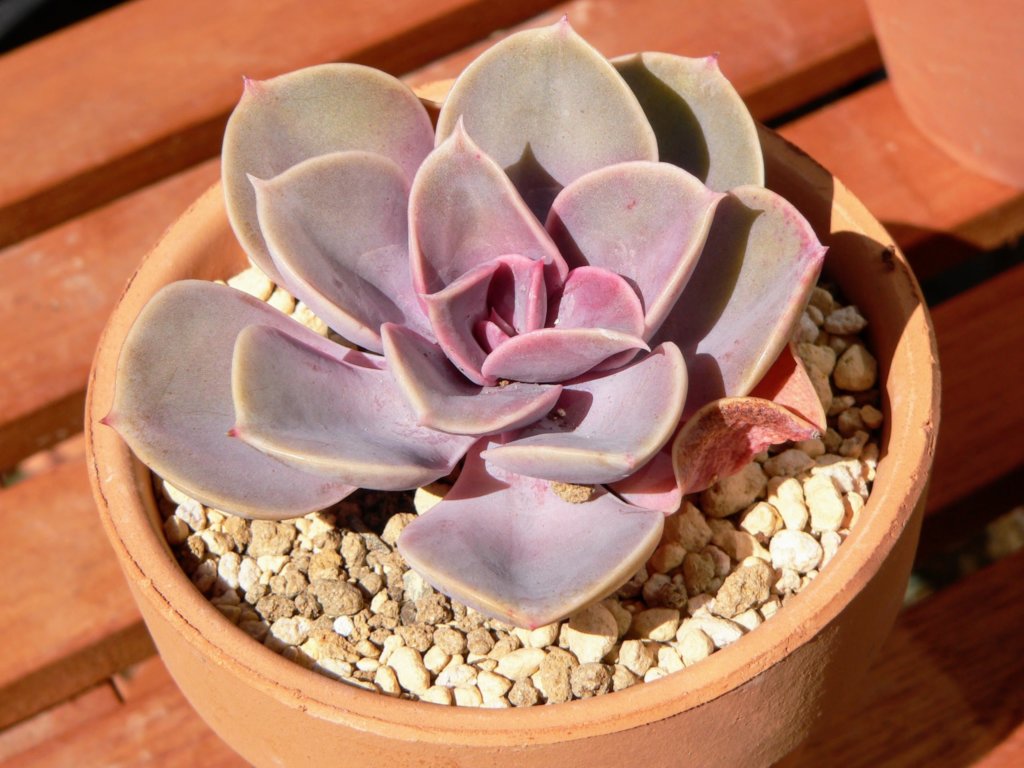
You will notice that many succulents store water in their leaves, stems, or both. Thick, fleshy tissues act as reservoirs, allowing the plant to survive long dry periods. This feature is a key reason why most succulents can handle limited watering.
Some species store more water than others. For example, cacti often rely on swollen stems, while aloe and echeveria use leaves as their main storage organs. The amount of storage space directly affects how long the plant can endure without rainfall or irrigation.
Stored water is not wasted. Succulents use it slowly, thanks to efficient internal systems that reduce water loss. This adaptation makes them very different from non-succulent plants, which dry out quickly under similar conditions.
Root System Characteristics
Succulent roots are usually shallow and wide, spreading close to the soil surface. This design helps the plant absorb moisture quickly from light rains or morning dew. Since arid regions rarely get deep soaking rains, this adaptation is highly effective.
Roots also grow fast when water appears, then slow down during dry spells. This flexible growth pattern prevents the plant from wasting energy when water is unavailable. In sandy or rocky soil, shallow roots give succulents an advantage over plants with deeper root systems.
Some succulents also develop fine root hairs that increase surface area for water uptake. By maximizing contact with soil particles, they can collect small amounts of moisture that other plants might miss.
Leaf Structure and Protective Features
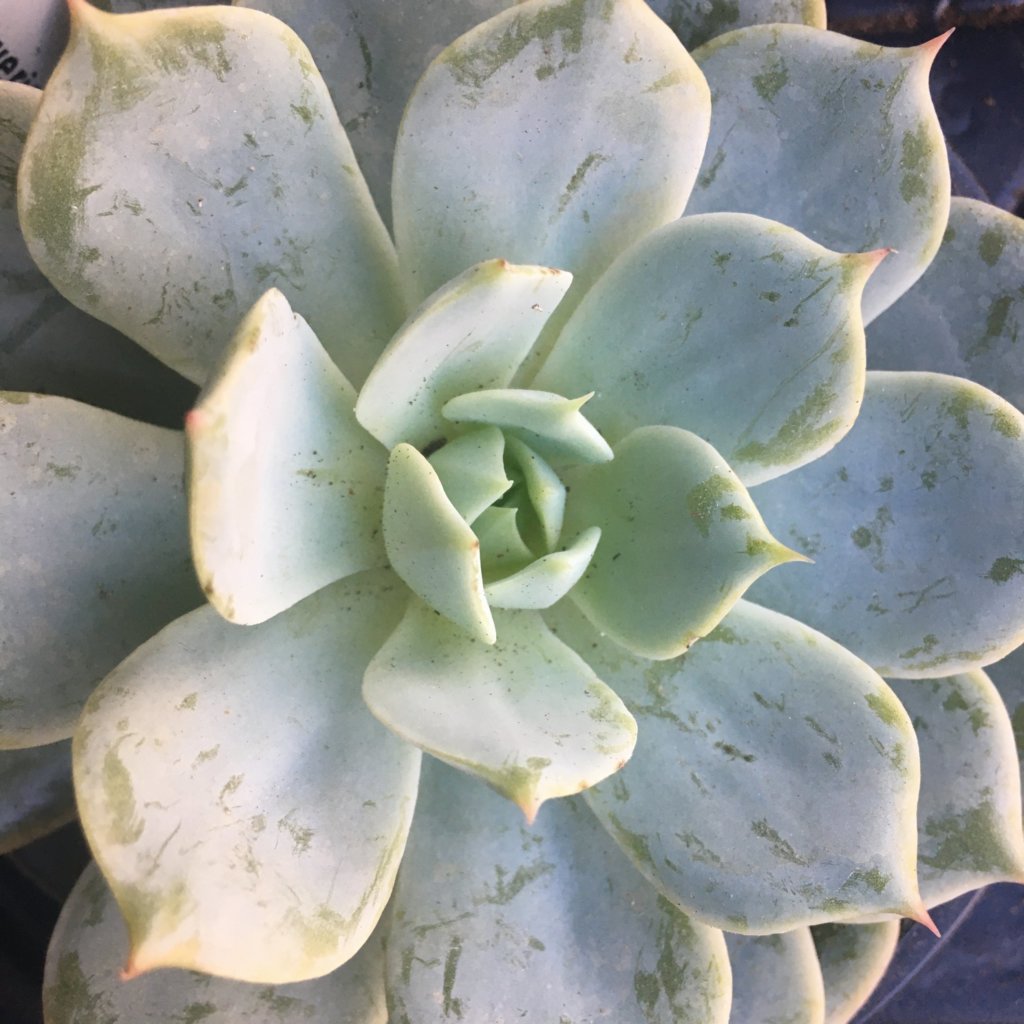
Leaves play a major role in drought resistance. Many succulents have a waxy cuticle that reduces evaporation. Others have a powdery coating or fine hairs that reflect sunlight and trap humidity around the leaf surface.
Succulent leaves also tend to be thick and compact. This reduces the surface area exposed to heat and wind, lowering water loss. In some plants, leaves can even shrink slightly as stored water is used, which helps conserve resources.
Another important feature is stomatal control. Succulents often open their stomata at night instead of during the day, a process called CAM photosynthesis. By doing this, they limit water loss while still allowing gas exchange for growth.
Examples of Drought Tolerant and Less Tolerant Succulents
Some succulents can thrive with little water for long periods, while others need more regular care. Knowing which types fall into each group helps you choose plants that match your climate and watering habits.
Notable Drought Tolerant Species
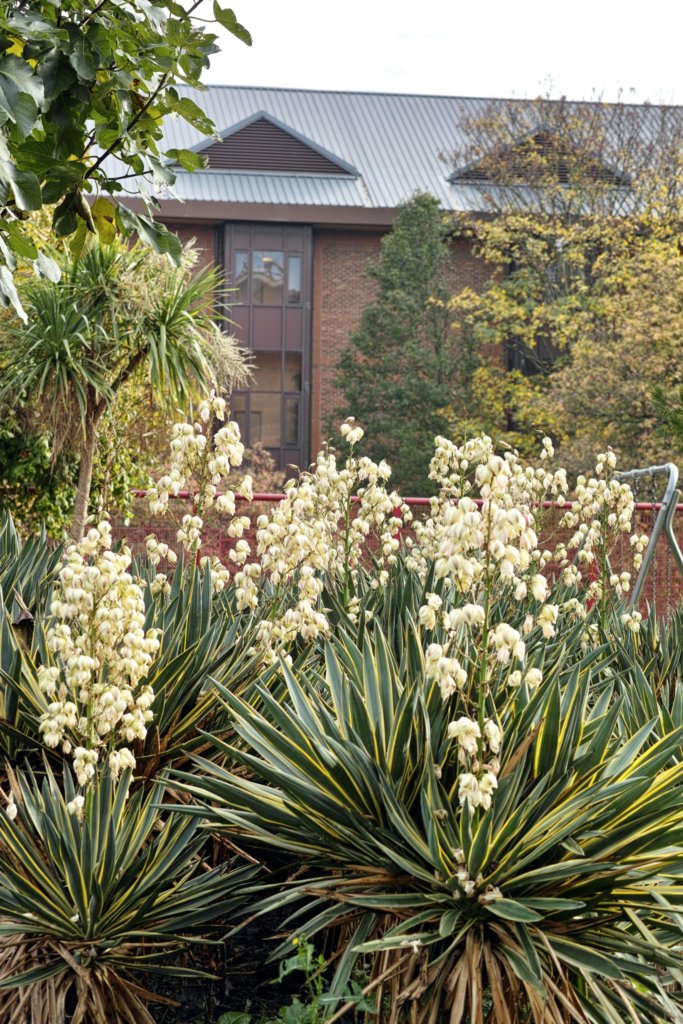
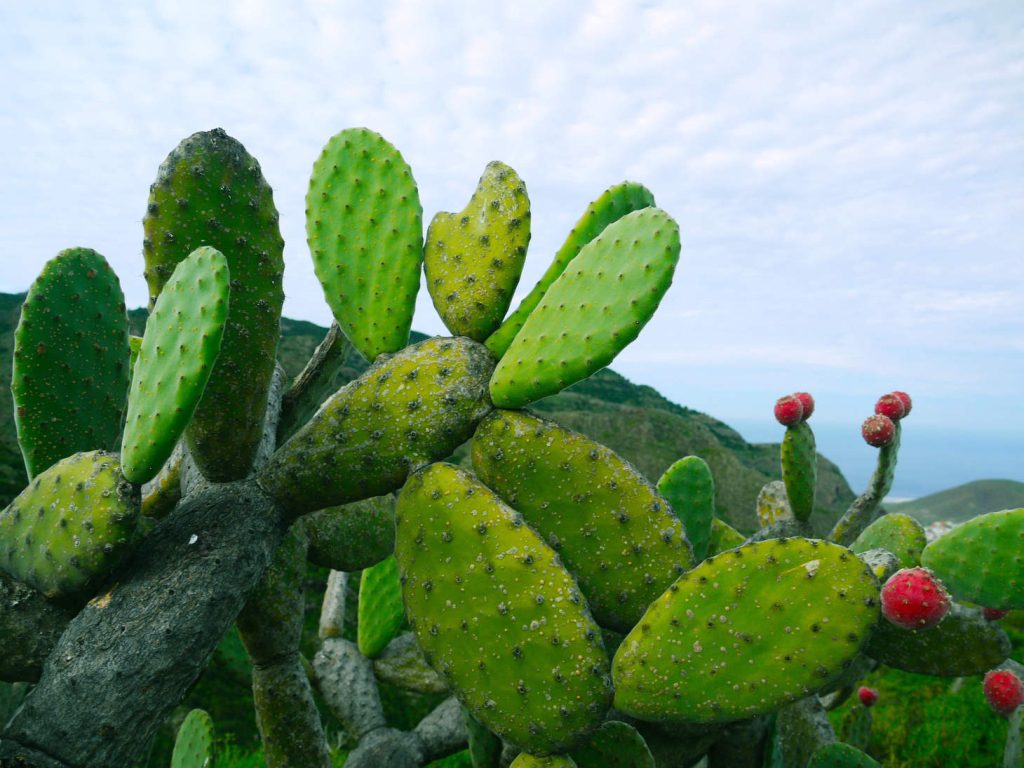
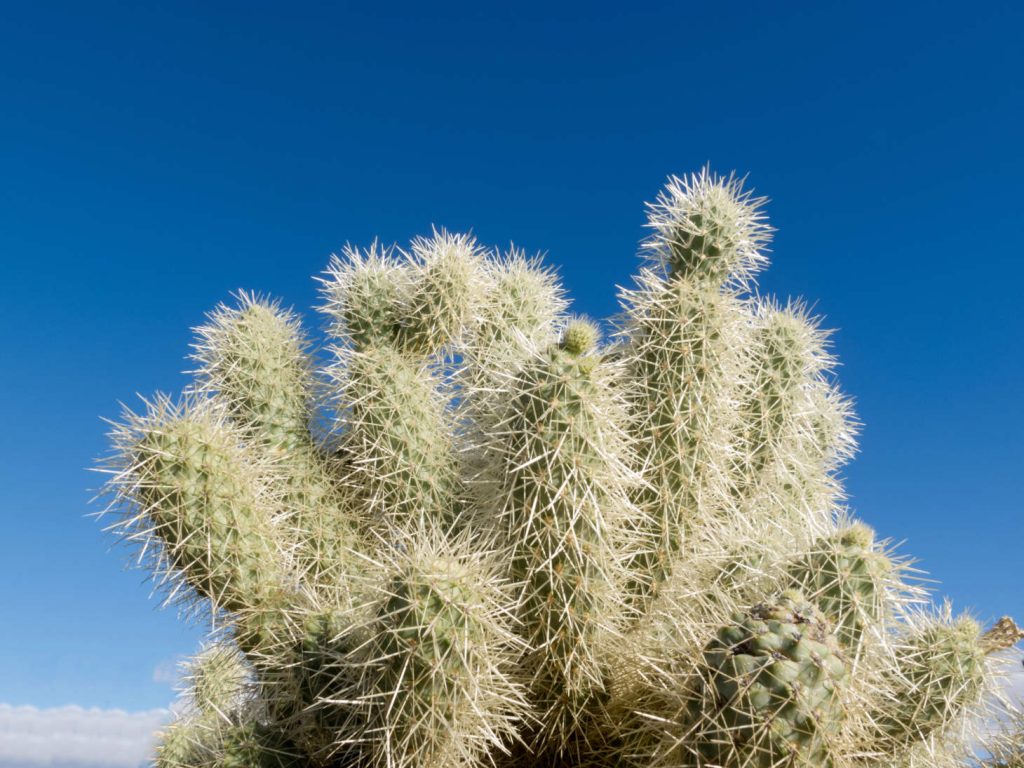
Several succulents store large amounts of water in their leaves, stems, or roots, making them very resilient in dry conditions. Yucca, for example, has tough, sword-like leaves that withstand heat and drought well. Opuntia (prickly pear) and Cylindropuntia (cholla) also handle long dry spells due to their thick pads and stems.
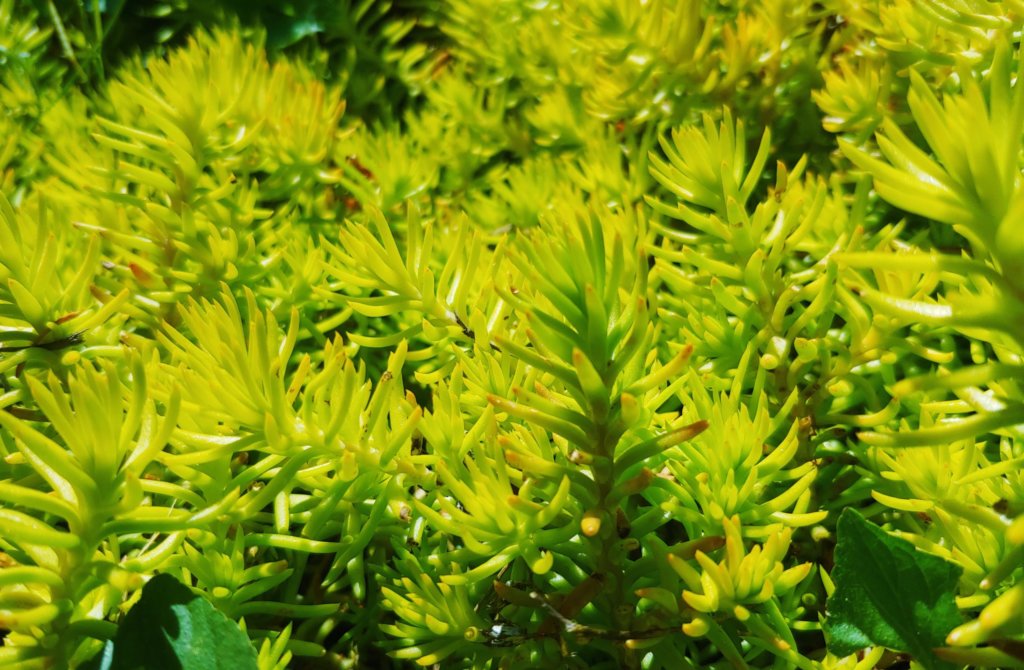
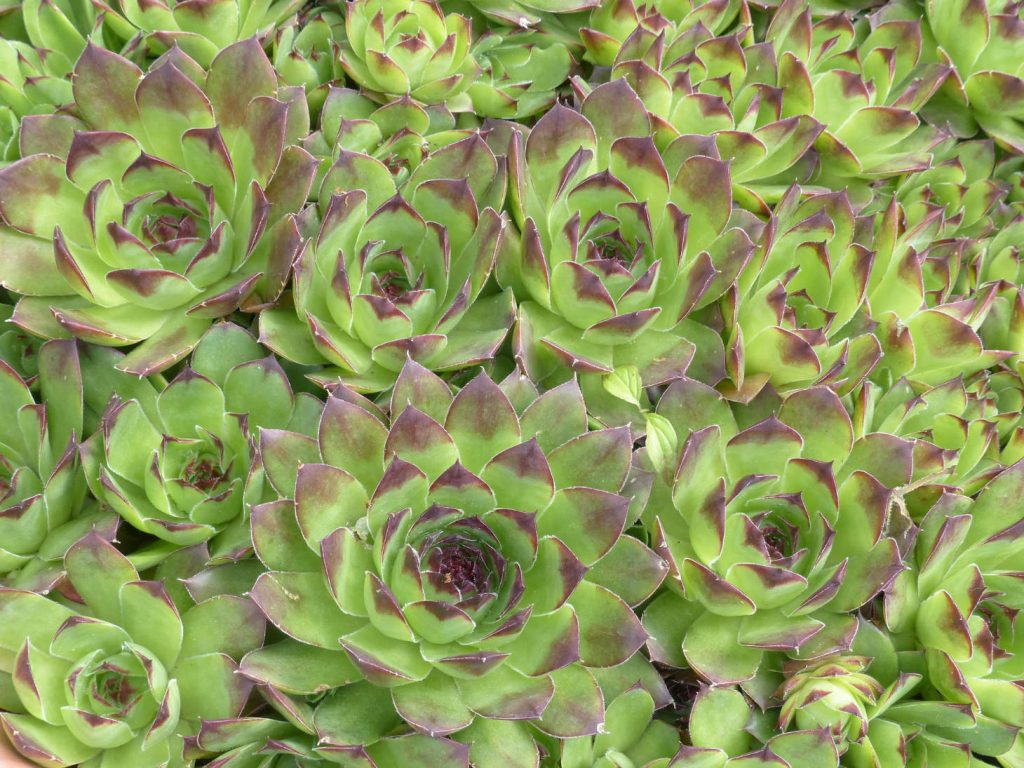
Sedum (Stonecrop) varieties, including Sedum ‘Angelina’, are hardy and can tolerate both drought and cold. They spread easily and often serve as ground cover in low-water gardens. Sempervivum (hens and chicks) is another reliable option, surviving with minimal care in rocky or poor soils.
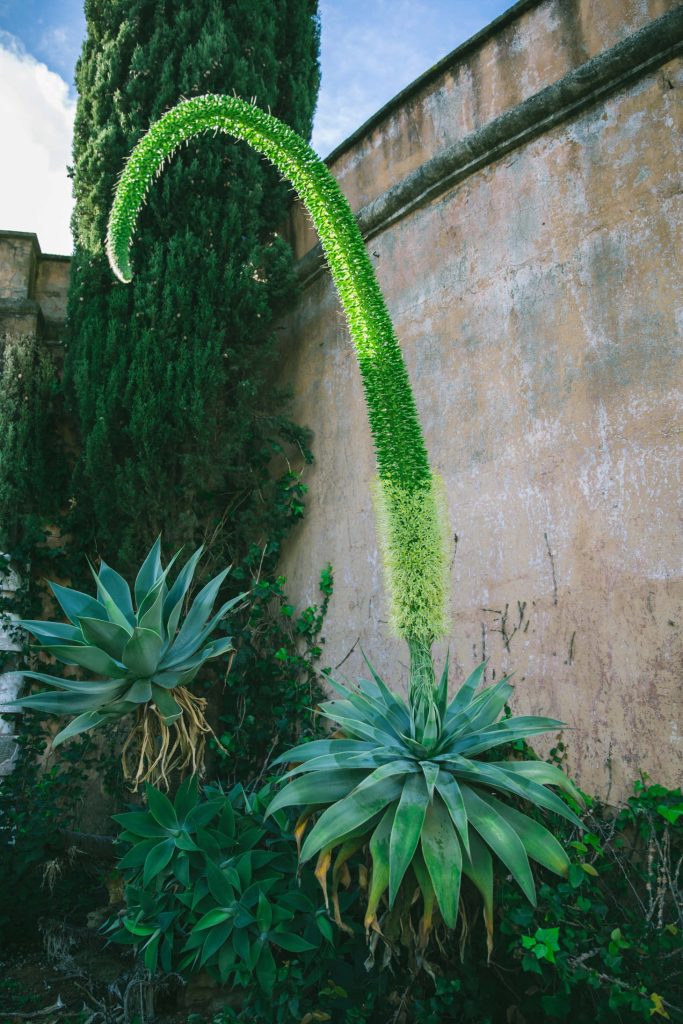
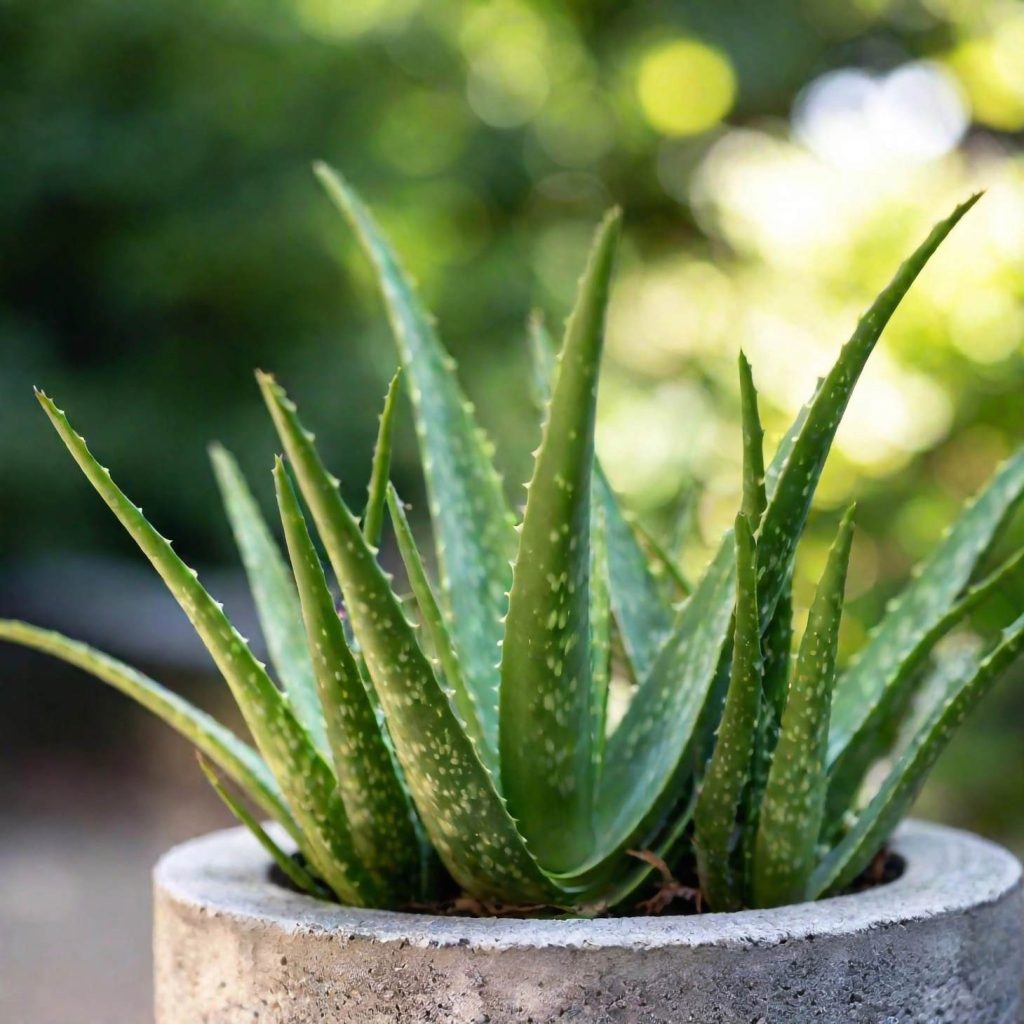
Foxtail agave and Aloe vera are also worth noting. Both species store water in fleshy leaves and adapt well to hot, dry climates. Aloe vera additionally offers medicinal uses, making it both practical and low-maintenance.
Succulents That Require More Frequent Watering
Not all succulents can tolerate extreme dryness. Some, like Gasteria, prefer partial shade and need more consistent moisture compared to desert-adapted species. Their softer leaves can wrinkle if left dry for too long.
Certain Echeveria types also fall into this category. While they are still drought resistant compared to most plants, they show stress faster than tougher species like yucca or agave. Their rosettes may close or lose color without enough water.
You may also find that young succulents, regardless of type, need more frequent watering until their roots establish. Paying attention to soil drainage and leaf condition helps you balance water needs without risking rot.
Frequently Asked Questions
Succulents store water in their leaves, stems, or roots, which allows them to handle long dry periods. Their care depends on factors like watering habits, heat tolerance, and climate conditions. Some types are better suited for ground cover, while others may need more frequent watering.
What characteristics make a succulent drought tolerant?
You can recognize drought-tolerant succulents by their thick, fleshy leaves or stems. These parts act as storage for water, helping the plant survive when soil stays dry for long periods. A waxy coating or compact growth can also reduce water loss.
How often should drought-tolerant succulents be watered?
You should water deeply but not often. Let the soil dry out completely before watering again. The frequency depends on factors like climate, humidity, and the specific type of succulent, so it’s more about checking the soil than sticking to a schedule.
Can succulents survive in regions with high temperatures and direct sunlight?
Many succulents tolerate high heat if they grow in well-drained soil and receive enough airflow. Some species can handle direct sunlight, but others may need partial shade to avoid leaf scorch. You should watch for signs of stress like wrinkling or discoloration.
Which succulents are best suited for drought-tolerant ground cover?
Low-growing succulents such as sedum and ice plant spread quickly and cover soil effectively. These types handle dry conditions well and can reduce water loss from the ground. They also add color and texture to outdoor spaces.
What is the hardiness range for most drought-tolerant succulents?
Most drought-tolerant succulents grow best in USDA hardiness zones 9 through 11. Some, like certain sedums and sempervivums, can survive colder zones down to zone 4. You should always check the specific hardiness of each plant before planting outdoors.
Are there succulents that may require more frequent watering despite being drought tolerant?
Yes, some succulents like jade plants or certain aloes may prefer more regular watering during active growth. Young plants and those in small pots also dry out faster. You should adjust watering based on plant type, container size, and climate.

